Most teams treat security like a final inspection; they test functionality, check performance, and validate integrations. Then, right before release, someone asks: "Is it secure?"
By then, the answer doesn't matter; the timeline is locked, the feature is deployed, and the vulnerability ships with it.
This is where risk compounds, not in the exploit itself, but in the assumption that security can be validated after decisions are already made. After the architecture is finalized, the code is written, and then the integrations are complete.
A Secure SDLC embeds validation at every stage so that security becomes a byproduct of the process, not a bottleneck at the end. It's about building systems where doing the secure thing is also the obvious thing.
Developers follow what helps them move faster; they ignore what slows them down without a clear justification. If your security framework feels like friction, it will be bypassed. If it fits the workflow and provides value at the right moment, it will be followed.
AppSecure's approach: security that was designed to fit, not fight, the development lifecycle.
Why Secure SDLC Is Non-Negotiable
Modern software moves faster than ever. Releases happen weekly, sometimes daily. Features expand across microservices. Integrations multiply with third-party APIs. Attack surfaces grow with every build, every dependency, every configuration change.
Every overlooked test, every skipped review, every unchallenged assumption becomes technical debt that attackers exploit. The vulnerability introduced in sprint three becomes the breach headline in quarter four.
Speed without structure creates risk. Agility without accountability creates chaos.
Compliance frameworks like ISO 27001, SOC 2, GDPR, and HIPAA don't just ask if your software is secure. They demand proof of how you built it securely. Auditors want documentation. Policies. Evidence that security was part of the process from the start, not an afterthought applied under pressure.
They want to see threat models from the design phase, code review records from development. Penetration test reports before major releases evidence that someone asked hard questions before the code went live.
A Secure SDLC protects both business integrity and developer velocity; it creates accountability without creating chaos.
The Common Gaps in Traditional SDLCs
Security gets bolted on at the end because no one assigned it a place earlier. Teams lack clarity on who owns security at each phase. Developers assume someone else will test it. Security teams assume developers know what to avoid. Product managers focus on features. Operations teams focus on uptime. No one validates assumptions until production breaks.
Developers don't get feedback fast enough to fix vulnerabilities early. By the time a pentest report arrives, the code has moved through three sprints. The original developer has moved to another project. The context is lost. Remediation becomes expensive rework instead of a quick fix during development.
Testing focuses on functionality, not exploitability. QA validates that a feature works as designed. Security validates whether that feature can be weaponized.
You can't test quality at the end; security has to be designed in.
And because of feature urgency, developers often skip security reviews entirely; deadlines override discipline. Stakeholders push for faster delivery, the code ships untested, and the vulnerability goes live.
Then there's the training gap; developers aren't taught how to build applications securely. They learn frameworks, languages, and patterns, but they don't learn how SQL injection happens in real applications, how authentication tokens can be hijacked, and how business logic flaws can be more dangerous than technical vulnerabilities.
Without training, developers can't recognize vulnerabilities in their own code, without clear standards, they don't know what secure looks like, and without feedback loops, they repeat the same mistakes across multiple projects.
Core Components of a Secure SDLC
Every phase of development should include defined security validation checkpoints. Not as bureaucracy, but as structure.
Requirements Phase: Define Before You Design
Security starts before a single line of code is written. It starts when someone decides what the application should do and how it should handle data.
Define security goals clearly: If you're building a payment system, authentication isn't optional. If you're handling healthcare data, encryption standards aren't suggestions. If you're processing user data in multiple jurisdictions, data residency rules apply from day one.
Establish data handling rules: What data will the application collect? Where will it be stored? Who will have access? How long will it be retained? These aren't implementation details. They're foundational decisions that shape architecture.
Identify regulatory constraints: If you're subject to HIPAA, you can't store certain data types in certain locations. If you're building for the European market, GDPR applies regardless of where your servers sit. If you need SOC 2 certification, you need audit trails from the start.
If you don't know what you're protecting, you can't protect it correctly.
Design Phase: Challenge Assumptions Early
Conduct threat modeling before building the architecture. Map out how data flows through the system. Identify where trust boundaries exist. Document where authentication happens, where authorization is enforced, and where sensitive data crosses network boundaries.
Ask hard questions:
- What happens if this service is compromised?
- What can an attacker do if they bypass this control?
- How do we validate input at every trust boundary?
- What's our blast radius if a credential leaks?
Architecture-level risk assessments catch problems before they become embedded in code. Fixing a design flaw costs hours. Fixing the same flaw after it's implemented across fifty microservices costs weeks.
Challenge assumptions about authentication and authorization. Don't assume the API gateway handles everything. Don't assume tokens are always validated. Don't assume users only access their own data.
Every assumption an attacker can violate becomes an exploit path.
Development Phase: Build Security Into Daily Work
Encourage secure coding practices as part of normal development work. Developers should understand common vulnerability patterns in their stack. SQL injection in database queries. Cross-site scripting in template rendering. Insecure deserialization in API endpoints.
Internal code reviews should include security perspectives, not just functional validation. Peer reviews catch logic errors before they reach production. They also create shared learning. When one developer spots a vulnerability, the entire team learns from it. Add it to your application security program.
Establish coding standards that prevent common mistakes:
- Input validation requirements
- Output encoding rules
- Authentication patterns
- Error handling that doesn't leak sensitive information
Provide developers with training that's relevant to their daily work. Not generic security awareness. Specific examples of vulnerabilities in their technology stack. Real code samples showing vulnerable patterns and secure alternatives.
Testing Phase: Validate With Attacker Perspective
Integrate penetration testing, vulnerability assessments, and business logic validation into your release cycle. Don't just scan for known CVEs in dependencies. Test how an attacker would chain features together to bypass controls.
Automated scanners find surface-level issues. Human testing finds the logic flaws that break your application's assumptions. The authorization bypass only works when you combine three features in a specific sequence. The race condition only appears under load. The business logic flaw that lets users manipulate pricing.
Test authentication mechanisms under real attack scenarios:
- Can tokens be hijacked?
- Can sessions be fixated?
- Can password reset flows be abused?
Validate authorization consistently:
- Can users access resources they shouldn't?
- Can they escalate privileges?
- Can they manipulate requests to view other users' data?
Review error handling and logging. Do error messages leak sensitive information? Are security events logged with enough detail for incident response?
Deployment & Maintenance: Validation Doesn't End at Release
Validate every major release or feature update. New features introduce new attack surfaces. Configuration changes can weaken existing controls. Dependency updates can introduce vulnerabilities.
Monitor for recurring patterns in vulnerabilities. If the same flaw appears across multiple projects, your SDLC has a gap that training or tooling needs to close. If SQL injection keeps appearing, developers need better guidance on parameterized queries. If authorization issues recur, you need stronger design patterns.
Establish feedback loops from production to development. When incidents happen, feed lessons back into requirements, design standards, and training. Every breach, every close call, every finding should make the next release more secure.
Track vulnerability lifecycle from discovery to remediation. How long does it take to deploy a fix? Where do delays happen? Optimizing this cycle reduces your window of exposure.
Building a Secure SDLC That Developers Actually Follow
Make It Understandable
Replace jargon with clear, actionable standards. Developers don't need theoretical explanations of the OWASP Top 10. They need examples of what vulnerable code looks like in their stack and how to fix it.
Document standards with code samples. Show the vulnerable pattern. Show the secure alternative. Explain why the vulnerability matters and how an attacker would exploit it.
Create Feedback Loops
Translate pentest findings into reusable developer learnings. Every vulnerability found should answer: Why did this happen? How do we prevent it next time? What pattern can we apply across the codebase?
Turn findings into training, not just tickets. When a penetration test uncovers an authorization bypass, don't just fix that instance. Use it as a teaching moment for the entire team. Update your design standards. Add it to code review checklists.
Share anonymized findings across teams. If one project has a vulnerability, others might have the same pattern.
Focus on Practical Validation
Prioritize real-world exploit simulation over tool-heavy scanning. Automated tools have their place in finding common misconfigurations and known vulnerabilities. But they miss context.
They can't evaluate whether your business logic makes sense. Whether your authentication flow can be circumvented. Whether combining three features in unexpected ways breaks your security model.
Human security testing catches what automation misses. The subtle logic error. The unexpected input. The edge case that becomes an exploit.
Reward Compliance
Recognize teams that consistently meet AppSec benchmarks. Security maturity should be visible, measurable, and celebrated. If only breaches get attention, security will always feel reactive.
Track metrics that matter:
- Vulnerability density per release
- Mean time to remediation
- Policy adherence rates
- Proactive security work completion
Create incentives for teams that complete threat modeling early, developers who find vulnerabilities in code review, and projects that ship with zero critical findings.
Simplify Policy Integration
Align the SDLC framework with existing compliance goals like SOC 2 and ISO 27001. Don't build parallel processes. Embed security validation into the workflows auditors already expect.
Map SDLC checkpoints to compliance requirements. Threat modeling satisfies risk assessment requirements. Code reviews provide evidence of secure development. Penetration testing validates control effectiveness.
Document as you go, not retroactively. When developers complete a security checkpoint, capture that evidence immediately.
If developers understand the why, they'll follow the how.
Where AppSecure Fits In
AppSecure validates security at each phase, from design to deployment.
By simulating real-world attacks, red teams and penetration testers identify exploitable weaknesses early in the attack lifecycle before adversaries can take advantage of them.
SDLC assessments help organizations formalize repeatable, testable security processes that auditors recognize and trust. We evaluate where security validation happens, where gaps exist, and how to close them without disrupting delivery velocity.
The focus is not on more tools. It's smarter validation and accountability. Security that integrates, not interrupts. Testing that provides actionable guidance, not just vulnerability counts.
We translate technical findings into a business context. We help teams prioritize remediation based on actual risk, not theoretical severity scores. We build security programs that fit your development culture.
Three Critical Mistakes to Avoid
Writing security steps that developers can't operationalize. If the policy requires five approvals and three tools for a single commit, it won't be followed. Security processes need to be lightweight enough to fit sprints, clear enough to execute without constant escalation.
Running one-off pentests instead of integrated reviews. Security isn't a moment. It's a discipline. Annual testing catches what slipped through. Continuous validation prevents it from slipping at all.
Treating compliance as the finish line instead of a baseline. Meeting SOC 2 requirements doesn't mean your application is secure. It means you've documented the minimum. Attackers don't stop at compliance checklists. They exploit the gap between documented controls and actual implementation.
Measuring the Success of Your Secure SDLC
Reduction in recurring vulnerabilities. If the same flaw appears across multiple sprints, your developers need better guidance, or your design patterns need revision. Security maturity means learning from mistakes, not repeating them.
Mean time to remediation (MTTR). How long does it take from finding a vulnerability to deploying the fix? Faster remediation means tighter feedback loops and better developer understanding.
Policy adherence across projects. Are teams following the defined security checkpoints, or are they skipping steps under deadline pressure? Compliance without enforcement is documentation theater.
Developer participation in post-assessment reviews. When developers engage with findings, ask questions, and apply lessons to future work, security becomes embedded in culture.
Vulnerability density per release. Are new features introducing more vulnerabilities, or is the trend improving? Maturity means shipping cleaner code over time.
Security That Works Because Developers Believe In It
Secure SDLCs are not documents. They're living systems that evolve with every release, every finding, every lesson learned.
Developers don't reject security. They reject friction. They reject ambiguity. They reject processes that slow them down without explaining why the delay matters.
Build policies that guide, not gatekeep. Test with intent. Evolve with every release.
Structure first. Scale later. Every control you skip becomes an attacker's advantage.
Security that works is security that fits. It meets developers where they are. It provides value at the right moment. It helps teams ship faster by reducing rework, not by adding process weight.
When developers believe in the process, compliance follows naturally. When security provides clear value, adoption becomes organic. When the framework fits the workflow, you don't need enforcement. You need enablement.
AppSecure helps organizations operationalize Secure SDLCs that developers believe in, not because policy demands it, but because the process works. Schedule a free Consultation Call to build a developer-first Secure SDLC that scales with your engineering culture.
FAQ
1. What's the difference between SDLC and Secure SDLC?
A traditional SDLC focuses on delivering functional software on schedule. A Secure SDLC embeds security validation at every phase so vulnerabilities are identified and fixed during development, not after deployment. It adds defined checkpoints where security questions must be answered before moving forward.
2. How often should penetration tests occur within SDLC?
Major releases should include penetration testing. High-risk features like authentication changes, payment processing, or architectural updates should trigger dedicated security reviews. Annual testing is a baseline for compliance. Continuous validation integrated into your release cycle is the goal.
3. How can teams measure the maturity of their Secure SDLC process?
Track recurring vulnerabilities, mean time to remediation, policy adherence rates, and developer engagement in security reviews. Measure vulnerability density trends across releases. Monitor whether security checkpoints are completed on schedule or skipped under pressure. Maturity isn't about perfection. It's about predictability, accountability, and continuous improvement.

Ankit Pahuja is a B2B SaaS marketing expert with deep specialization in cybersecurity. He makes complex topics like EDR, XDR, MDR, and Cloud Security accessible and discoverable through strategic content and smart distribution. A frequent contributor to industry blogs and panels, Ankit is known for turning technical depth into clear, actionable insights. Outside of work, he explores emerging security trends and mentors aspiring marketers in the cybersecurity space.








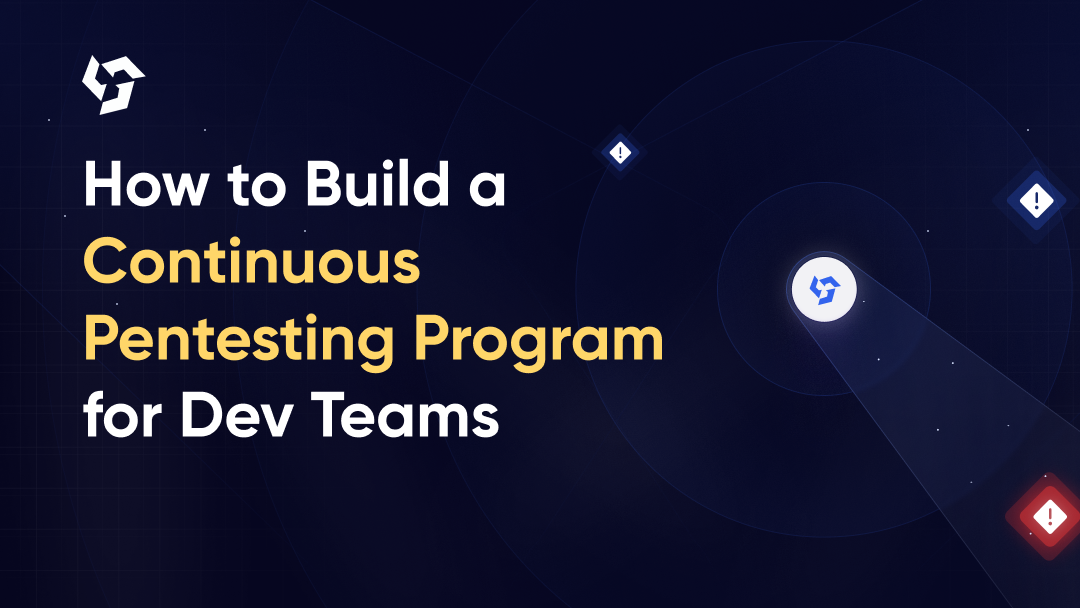






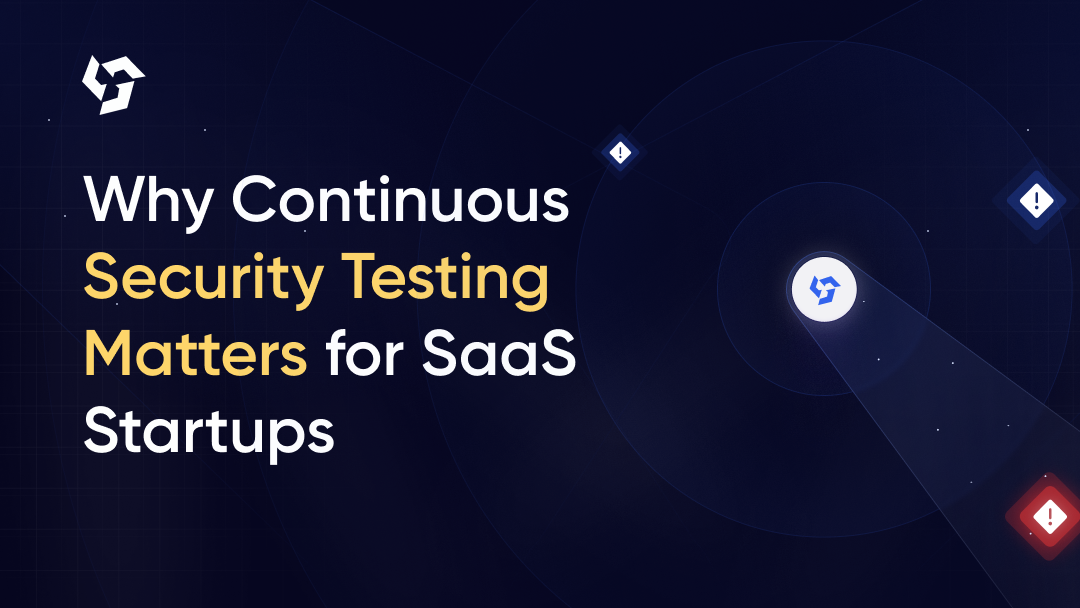


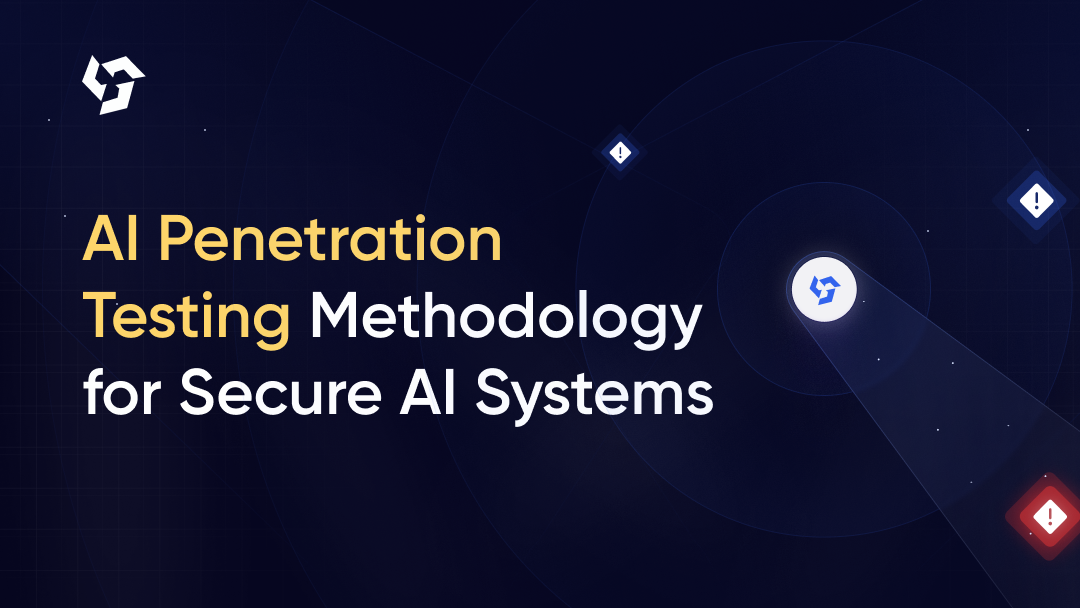

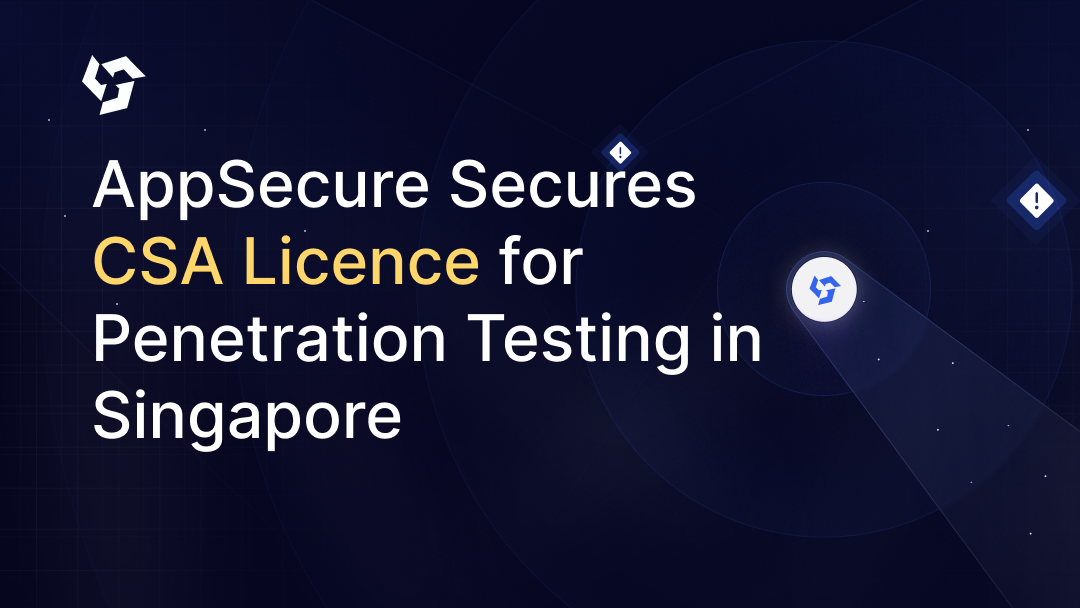
.png)
.png)
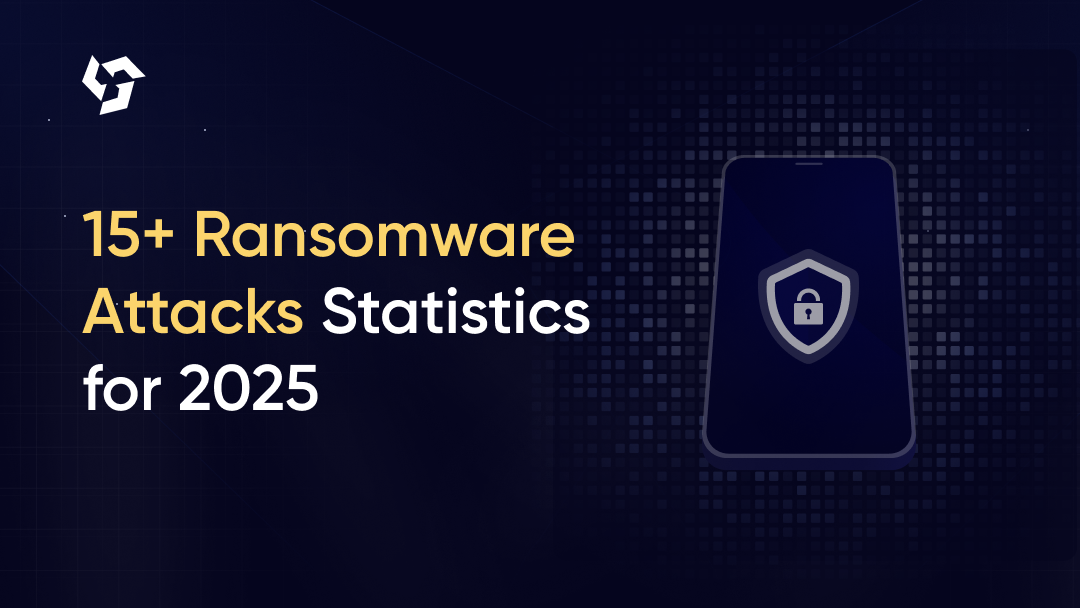
.png)
.png)
.png)
.png)
.png)
.png)

.png)
.png)
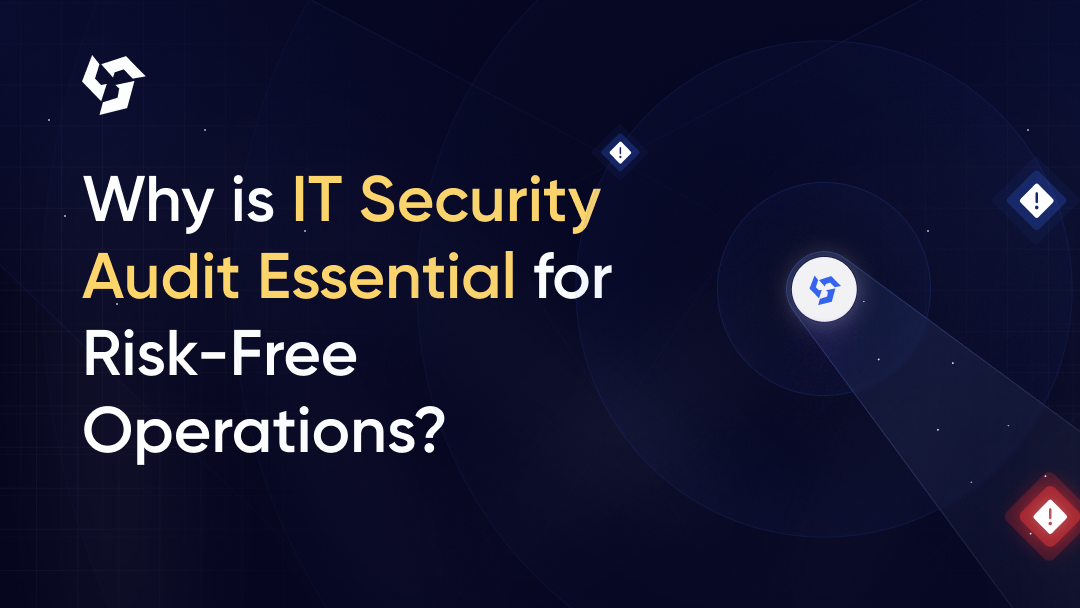


.png)




.png)
.png)
.png)
.png)

.png)
.png)
.png)

.png)
.png)
.png)
.png)
.png)

.png)









.webp)





.webp)


.webp)

.webp)



.webp)
.webp)
.webp)
.webp)













.webp)
